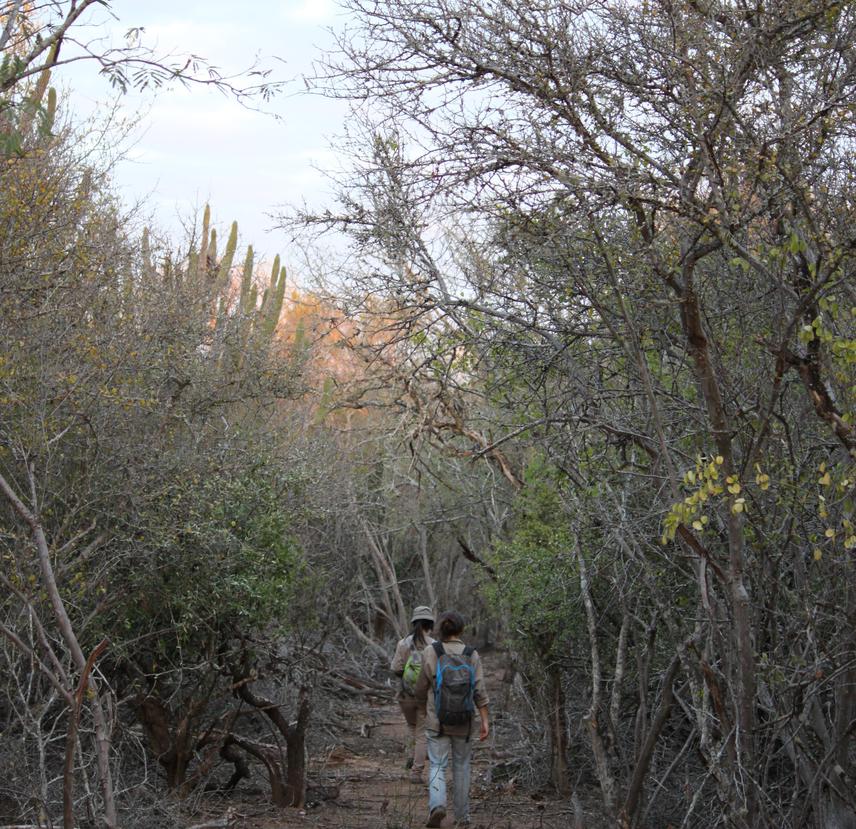Micaela Camino
Other projects
29 Sep 2016
Conserving the Last Chacoan Peccaries and their Habitats as a Strategy for Conserving the Dry Chaco
The aim of the project is to Define the spatial needs of large and medium sized mammals of the Semiarid Argentinean Chaco, in order to generate habitat suitability maps and design an effective conservation landscape.

In Argentina, there are many areas where the information to design effective conservation landscapes is not enough. This is the case for the Semiarid Argentinean Chaco. Inhabited by extraordinary species - including several endemic and endangered ones -, this region holds a vast diversity of ecosystems, species, cultures and ecological processes, some of which are unique (e.g. the sympatric interaction between the peccary species Tayassu peccary, Pecari tajacu and Catagonus wagneri). Although this endangered region is a conservation priority at a regional scale, only a small percentage of its surface is protected.
This research is generating information needed to establish conservation priority sites so that adequate protected areas and wildlife corridors can be created. Study area covers about 100.000 ha. Information on large and medium sized mammals’ presence is being collected by local peasants and indigenous communities. These people maintain intense interaction with their natural environment for wild animals represent both an important protein supply to them and their families and a source of conflicts (since domestic animals are often hunted by foxes, pumas and other carnivores). Being so, they are interested in solving their conflicts with the fauna and engaging with conservation and territory management. Because local peasants traditionally carry out extensive livestock breading, they usually walk several kilometres during their daily activities in order to know their animal’s locations. Throughout the day they take note of wildlife tracks they find, places where they find it and main vegetation types.
Collected data is then gathered and analysed by researchers and transformed into habitat suitability maps. With these maps, a conservation landscape is being designed, and assistance to policy makers will be given for a sustainable management of this endangered territory. Protected areas, wildlife corridors and buffer zones will be created; and their spatial arrangement will maximize their efficiency. Local people´s needs and opinions will be considered in order to legitimize protected areas, corridors and other conservation policies. We expect all this will contribute to the long-lasting and effective protection of many different species and their habitats.